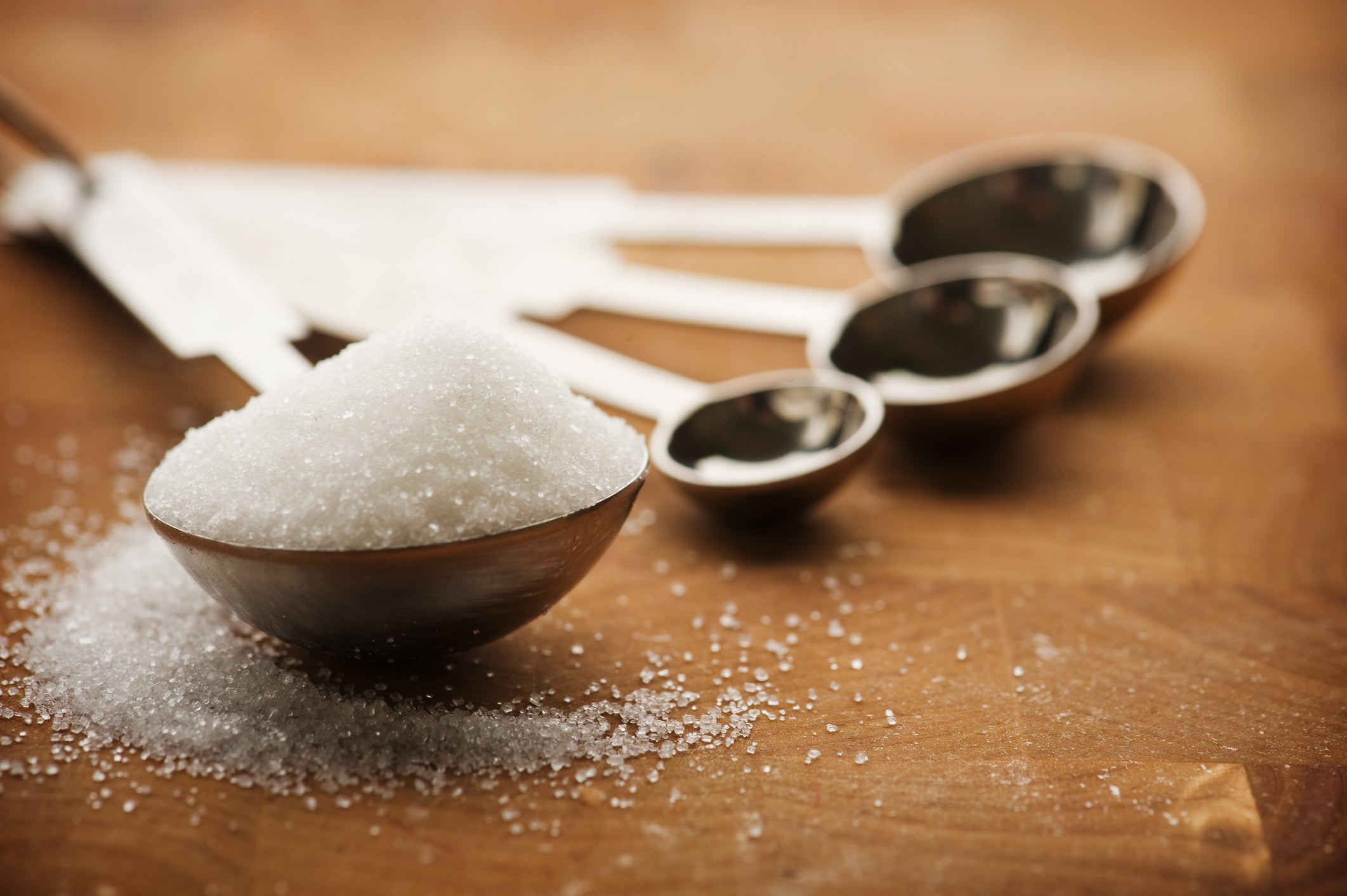
Reading the nutrition facts label can be confusing. This year, food manufacturers have to update the label. The serving size and calories per serving are now in larger, bold type lettering.
Another helpful addition is “Added Sugars”, which is found under the carbohydrate information. Naturally occurring sugars are primarily from fruit (fructose) and dairy (lactose). Vegetables and grains can also contain a small amount of naturally occurring sugar. For added sugars, look for the words sugar, syrup, agave, molasses, juice, beet sugar, brown sugar, turbinado and honey.
Now that we have the total and added sugars, you can determine if the food or beverage is something you can work into your eating. While there are no formal guidelines, limiting foods and fluids to products that have less than 5 grams of added sugar is a starting point.
A rule of thumb for carbohydrate foods is to eat the food that is closest to the farm. That means the least processed the better. For example, a peeled apple is better for you than applesauce. Applesauce is better for you than juice. One hundred percent real fruit juice is another way to say “sugar water” for bariatric patients. The Nutrition Facts Label will list naturally occurring sugars, but you won’t see added sugars listed. So, juice is a high sugar item.
Your dietitian will assess your activity level, blood sugar readings, body composition and tolerances to help you find a healthy carbohydrate goal to work into your eating. We now have a better tool to hunt down the added sugars in our foods and beverages. Happy hunting!
